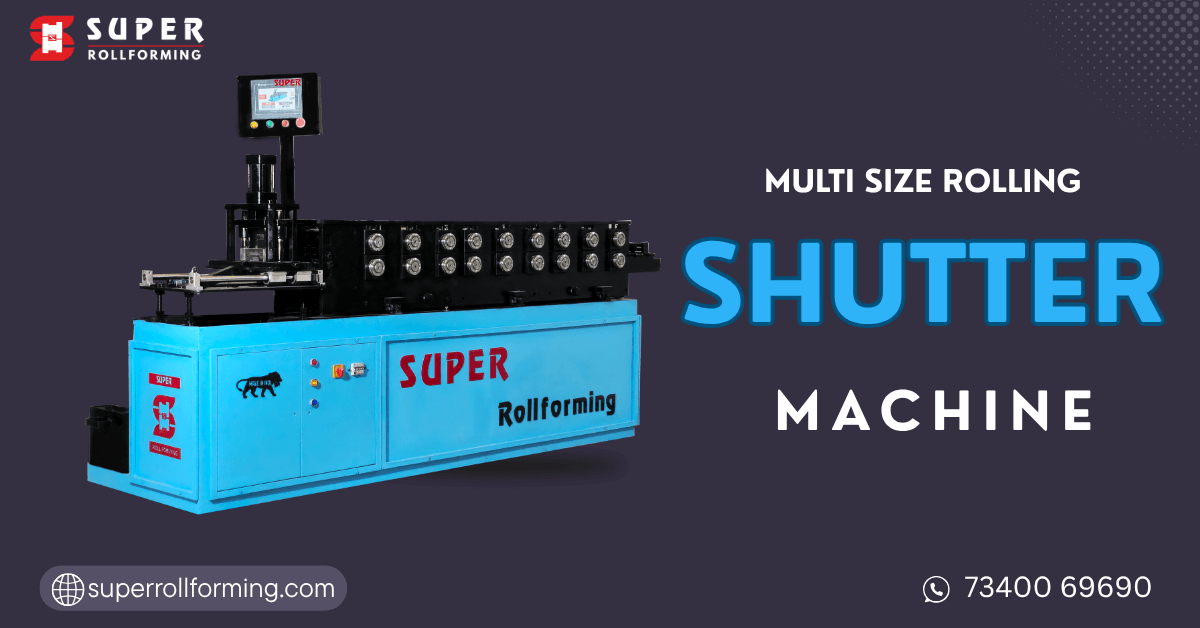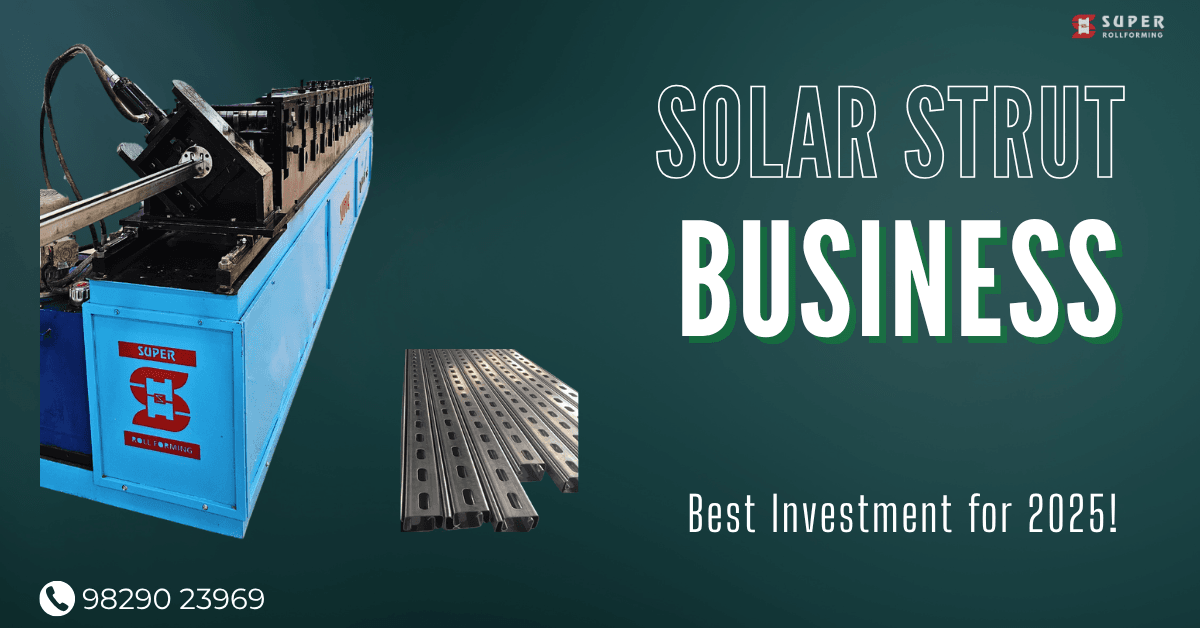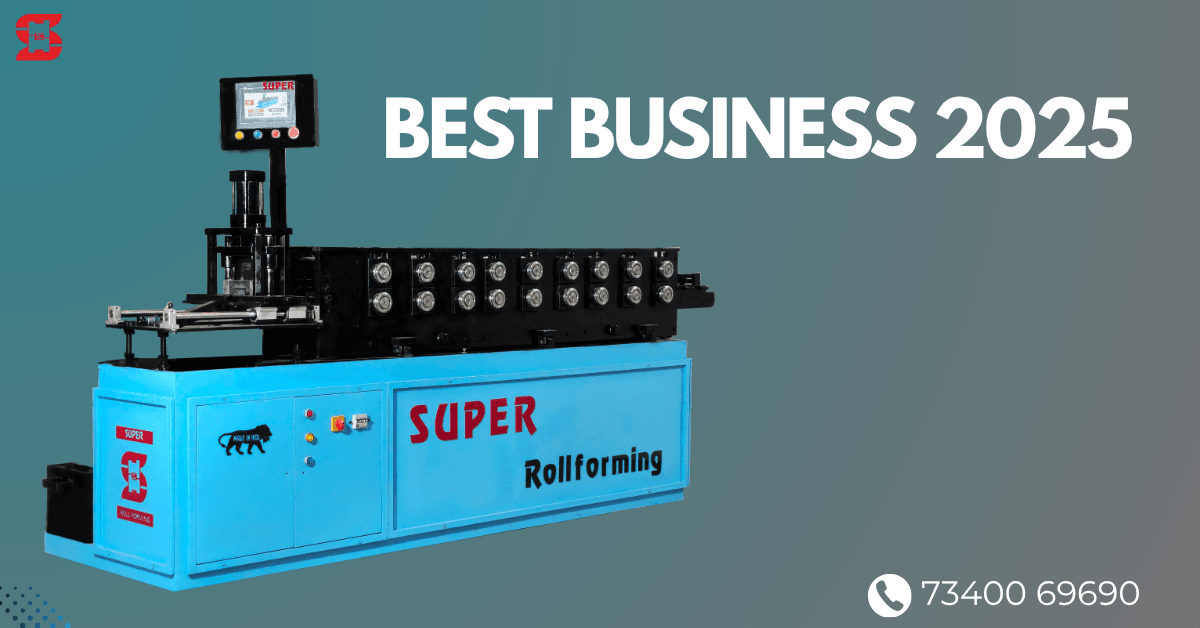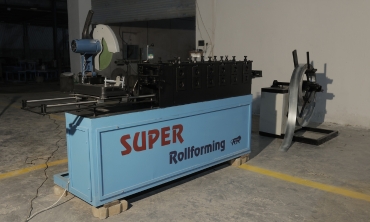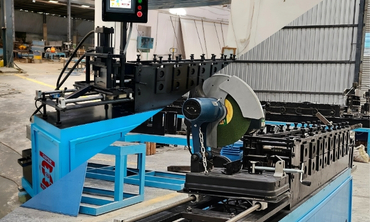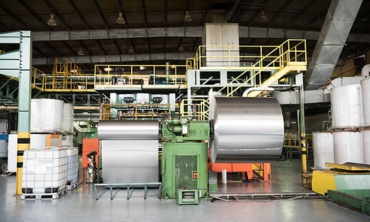Introduction
Ensuring safety in roll forming processes is vital for manufacturers, as it minimizes risk to employees, increases productivity, and maintains regulatory compliance. A safety audit is a thorough examination that identifies potential hazards, assesses equipment, and ensures that best practices are followed to protect both workers and machinery.
This guide will help you conduct an effective safety audit, enhancing workplace safety and operational efficiency in your roll forming facility.
Why Conduct a Safety Audit?
Safety audits are essential for:
- Identifying Hazards: Detecting issues that could lead to injuries or equipment damage.
- Ensuring Compliance: Meeting OSHA and other regulatory standards.
- Improving Efficiency: Safe environments improve morale and productivity.
- Preventing Accidents: Addressing risks reduces chances of workplace accidents.
Key Components of a Roll Forming Safety Audit
A safety audit involves examining several critical areas in roll forming. Here are the main components:
- Workplace Assessment
- Equipment Evaluation
- Employee Safety Training
- Emergency Preparedness
Let’s break down these elements to create an actionable checklist for conducting a safety audit.
Step 1: Conduct a Workplace Assessment
1.1 Assess Physical Layout
Evaluate the layout of the workspace to ensure:
- Adequate Space around machines for safe operation.
- Clear Pathways for easy access and egress.
- Safety Signage indicating hazardous areas or machine parts.
1.2 Check Environmental Conditions
Check for:
- Adequate Lighting: Proper lighting is essential to minimize mistakes and accidents.
- Ventilation: Ensure air quality to protect employees from fumes, especially in enclosed roll forming environments.
- Noise Levels: High decibel levels can lead to hearing loss; use soundproofing where needed.
1.3 Inspect Housekeeping Standards
A tidy workplace prevents accidents:
- Remove Clutter: Clear walkways and machine areas of unnecessary items.
- Regular Cleaning: Prevent buildup of dust and metal shavings, which can be hazardous.
- Material Storage: Safely store raw materials to prevent spills or tripping.
Step 2: Equipment Evaluation
2.1 Inspect Roll Forming Machines
Check the condition of all roll forming machines:
- Guarding: Ensure all machines have appropriate guarding in place to protect against accidental contact with moving parts.
- Emergency Stops: Test all emergency stop buttons to verify they are functioning.
- Maintenance Records: Verify that all equipment is regularly maintained, and check for any pending repairs.
2.2 Assess Machine Safety Controls
Safety controls are vital for protecting workers:
- Automated Shutoff Mechanisms: These should be functional to prevent accidents in case of malfunction.
- Lockout/Tagout Procedures (LOTO): Ensure employees follow LOTO protocols during maintenance.
2.3 Check Tools and Accessories
- Tool Condition: Ensure that all tools are in good condition, as worn tools can lead to accidents.
- Proper Storage: Place tools in designated areas when not in use to avoid clutter and accidental injuries.
Step 3: Employee Safety Training
3.1 Evaluate Training Programs
Employee safety training is essential to reduce accidents:
- General Safety Training: Conduct regular sessions covering emergency exits, fire drills, and safe handling.
- Machine-Specific Training: Employees should understand the unique safety features of each roll forming machine.
3.2 Provide Personal Protective Equipment (PPE)
Ensure that employees are provided with, and correctly use, PPE:
- Gloves and Eye Protection: Protects hands and eyes from sharp metal edges and debris.
- Hearing Protection: Essential for roll forming environments where noise levels are high.
- Safety Footwear: Reduces risk of injury from dropped materials.
3.3 Conduct Regular Safety Drills
- Fire Drills and Emergency Exits: Employees should know emergency procedures.
- First Aid Training: At least one person per shift should have first aid training to handle potential injuries quickly.
Step 4: Emergency Preparedness
4.1 Assess Fire Safety
Ensure that fire safety measures are in place:
- Fire Extinguishers and Sprinklers: Regularly inspect these and ensure they are accessible.
- Fire Exits and Emergency Lighting: Clear markings and lighting in case of emergencies are crucial.
4.2 Develop an Emergency Response Plan
An emergency response plan is crucial for rapid response:
- Evacuation Procedures: Every employee should be familiar with evacuation routes.
- Assembly Points: Designate safe assembly points outside the facility.
Implementing Your Safety Audit Findings
After completing the audit, the next step is to implement changes and improvements:
- Document Issues and Recommendations: Keep a log of all identified issues, potential solutions, and improvements.
- Develop a Timeline for Improvements: Prioritize based on severity and create a timeline for implementing necessary changes.
- Schedule Follow-Up Audits: Regular audits help maintain safety standards and prevent future issues.
Best Practices for Ongoing Safety
- Regular Inspections: Conduct inspections at least every quarter.
- Employee Feedback: Encourage employees to report safety issues without fear of repercussions.
- Update Training Programs: As new equipment or processes are introduced, update training materials accordingly.
Conclusion
Conducting a thorough safety audit for roll forming processes is a crucial part of maintaining a safe workplace. By assessing the layout, equipment, employee training, and emergency preparedness, companies can minimize risks, enhance compliance, and improve productivity. Regular audits and a proactive approach to safety ensure that your roll forming facility remains a safe, efficient environment for everyone.
This guide aims to help roll forming facilities prioritize safety, enhancing both compliance and operational excellence. With these steps, your workplace can achieve greater safety and productivity standards in the roll forming industry.

